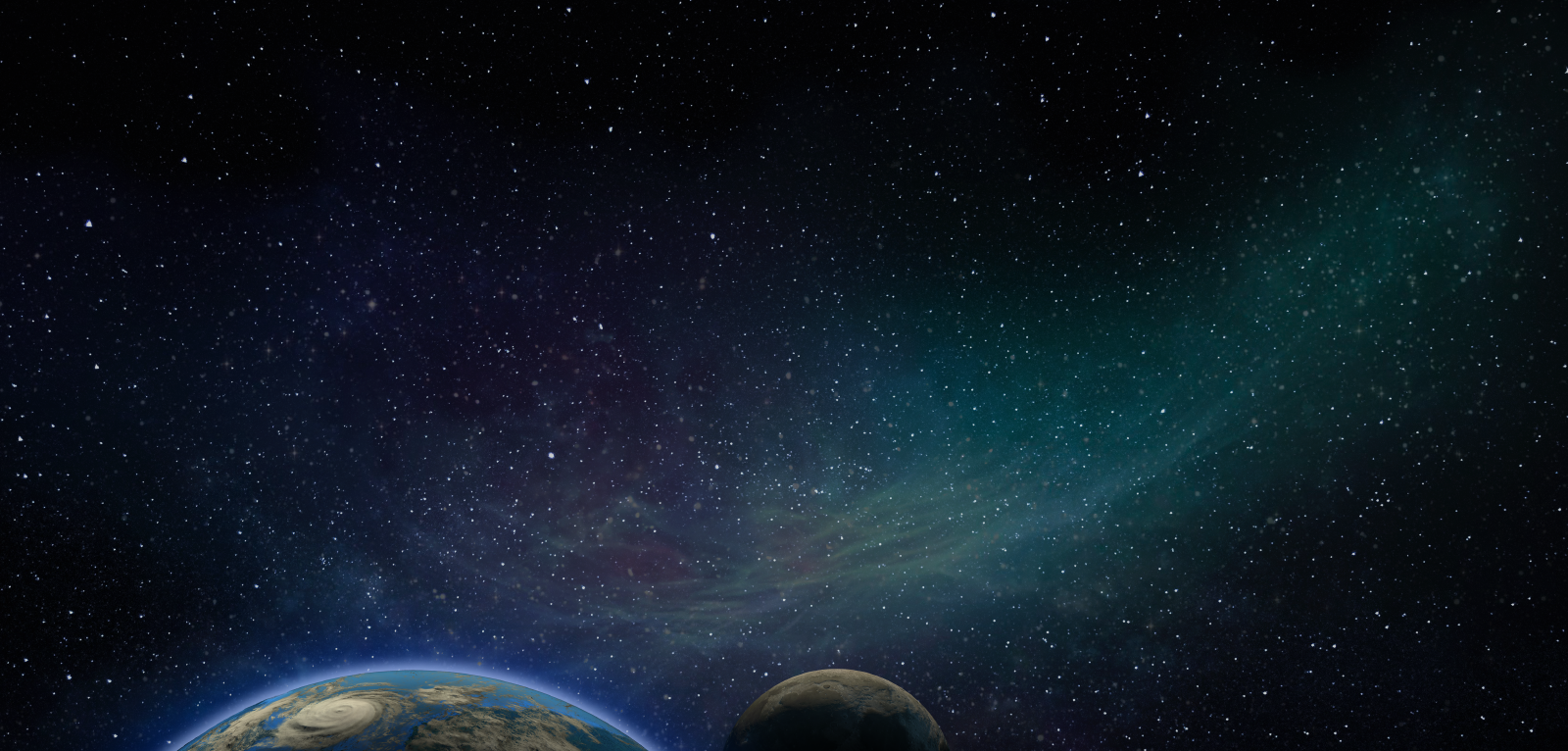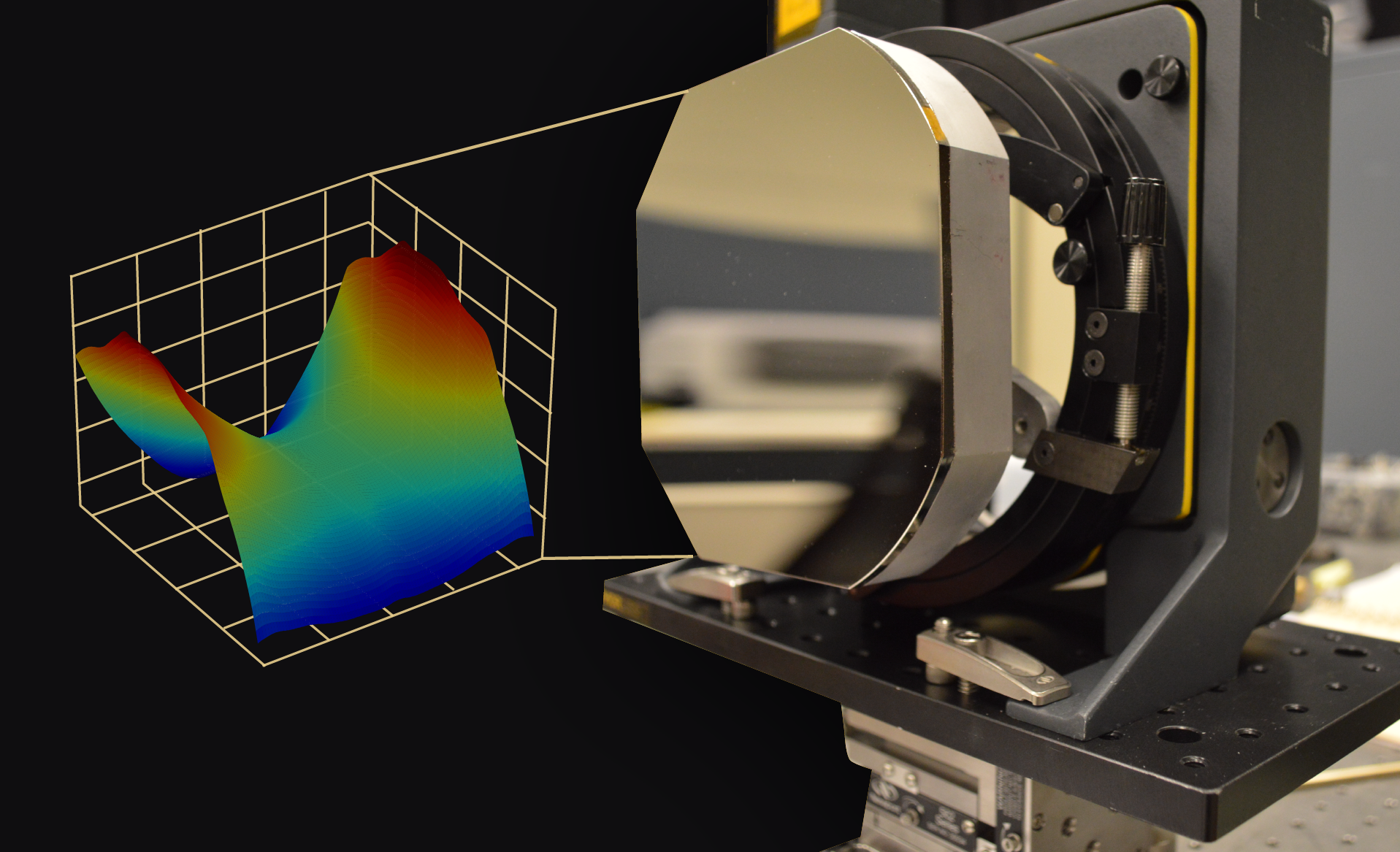
Advanced Optical Systems
Corrie Smeaton, James Johnson, Gregory Cappiello, Chris Roberts, Christopher Roll, Zachary Darling, Benjamin Cohen, Michael Chrisp
OVERVIEW
- MIT Lincoln Laboratory has world-class optical systems engineering capabilities to prototype one-of-a-kind optical systems
- Core optical engineering capabilities include optical design and optimization, detailed analysis, fabrication, alignment, and metrology using state-of-the-art equipment
- Novel technology development includes freeform optical systems, micro- and meta-optics, and AI-enhanced optical systems
ADDITIONAL INFORMATION
- Imaging Freeform Optical Systems
- Chrisp Compact VNIR/SWIR Imaging Spectrometer (CCVIS)
- Micro-compound parabolic concentrator arrays as alternatives to microlens arrays
- Wide field-of-view NURBS-based freeform afocal telescope

Digital Threads and Digital Twins: Digital Engineering for Space-Based Missions
Cameron Miner, Tara Sarathi, Stephanie Sposato, Michael Shatz
OVERVIEW
- MIT Lincoln Laboratory is developing a digital platform and integrated toolset for the efficient development of systems, enabling digital product creation and management, engineering collaboration, dissemination of information, productivity, and traceability
- System development starts with a systems-based model and creates a digital thread that connects everything together through validation of the model, simulations, parts, assemblies, and system performance"
ADDITIONAL INFORMATION
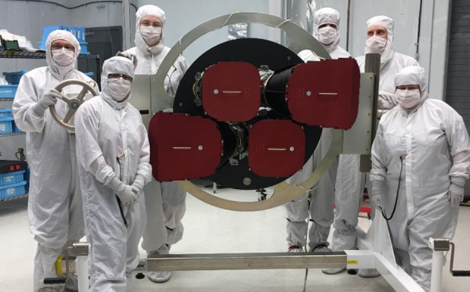
Engineering Division Capabilities and Resources
Dan Alves, Kelly Beattie, Anne Grover Vogel
OVERVIEW
- Capabilities and resources to complete every phase of a system's lifecycle
- Bring concepts to fully functioning payloads
ADDITIONAL INFORMATION
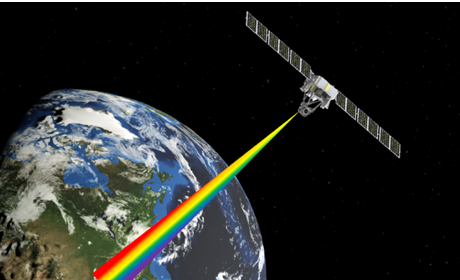
Integrated Spectral Remote Sensing Solutions
Corrie Smeaton, Ronald Lockwood, James Johnson, Melissa Smith, Michael Pieper, Steven Golowich, Adam Milstein, Ryan Sullenberger, Charles Wynn, Tom Roy, Yaron Rachlin
OVERVIEW
- MIT LL has been a pioneer in developing remote-sensing technology for 70 years
- MIT LL is a leader in developing new technology for spectral remote sensing and can provide end-to-end support from instrument design to image processing and atmospheric compensation
ADDITIONAL INFORMATION
- Researchers Shrink Imaging Spectrometer without Compromising Performance
- Chrisp Compact VNIR/SWIR Imaging Spectrometer (CCVIS)
- Chrisp Compact Visible-Near and Shortwave Infrared (VNIR/SWIR) Imaging Spectrometer (CCVIS)
- Flight tests of the computational reconfigurable imaging spectrometer
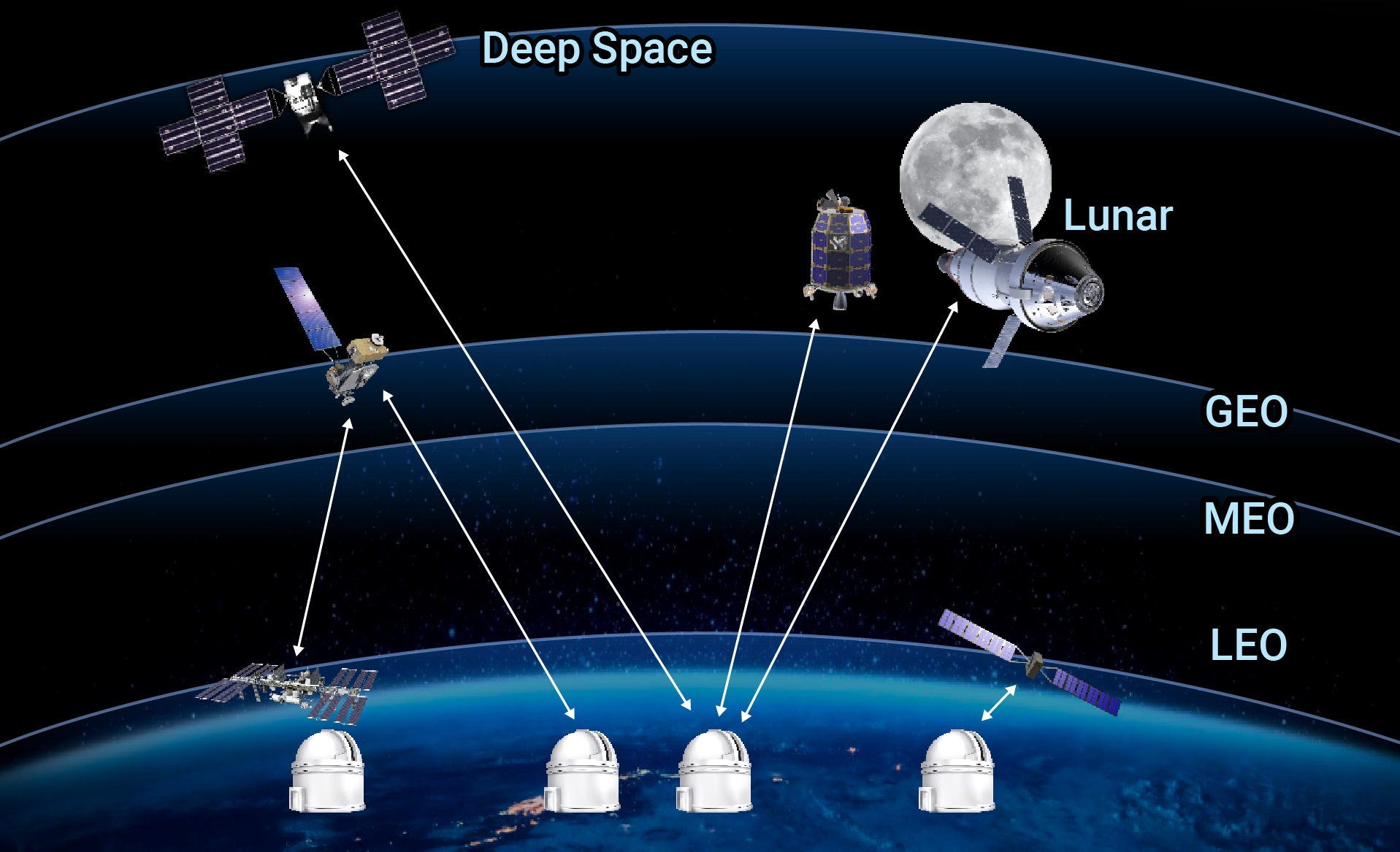
10+ Years of Successful NASA Lasercom Demonstrations
Olga Mikulina, Alex McIntosh, Farzana Khatri
OVERVIEW
- Lasercom is a mature technology ready for wider adoption for space-based mission
- Various architectures demonstrated:
- Ground-to-LEO; LEO-to-GEO
- Ground-to-GEO relay
- Lunar orbit and deep space
- Demonstrated practical solutions and novel technologies
ADDITIONAL INFORMATION
- NASA’s space station laser comm terminal achieves first link
- Deep-space camera sends farthest optical communications link yet
- TeraByte InfraRed Delivery (TBIRD)
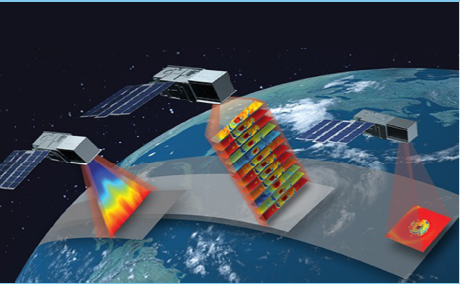
Atmospheric Sounding
William Blackwell, Monica Coakley, Michael DiLiberto, Matthew Harger, Cara Kataria, Vincent Leslie, Cooper Loughlin, Sundie Meroth, Adam Milstein, William Moulder, Michael Pieper, Tom Roy, Nick Zorn
OVERVIEW
- The 4D structure of the atmosphere, including severe weather and climate extremes, can be remotely sensed from space using passive IR and microwave instruments called sounders
- MIT LL, in partnership with academic collaborators and government sponsors, has developed and flown next-generation hardware and data exploitation approaches for atmospheric sounding
ADDITIONAL INFORMATION
- TROPICS
- Using deep learning to image Earth's planetary boundary layer
- Artificial Intelligence–Based Drought Prediction
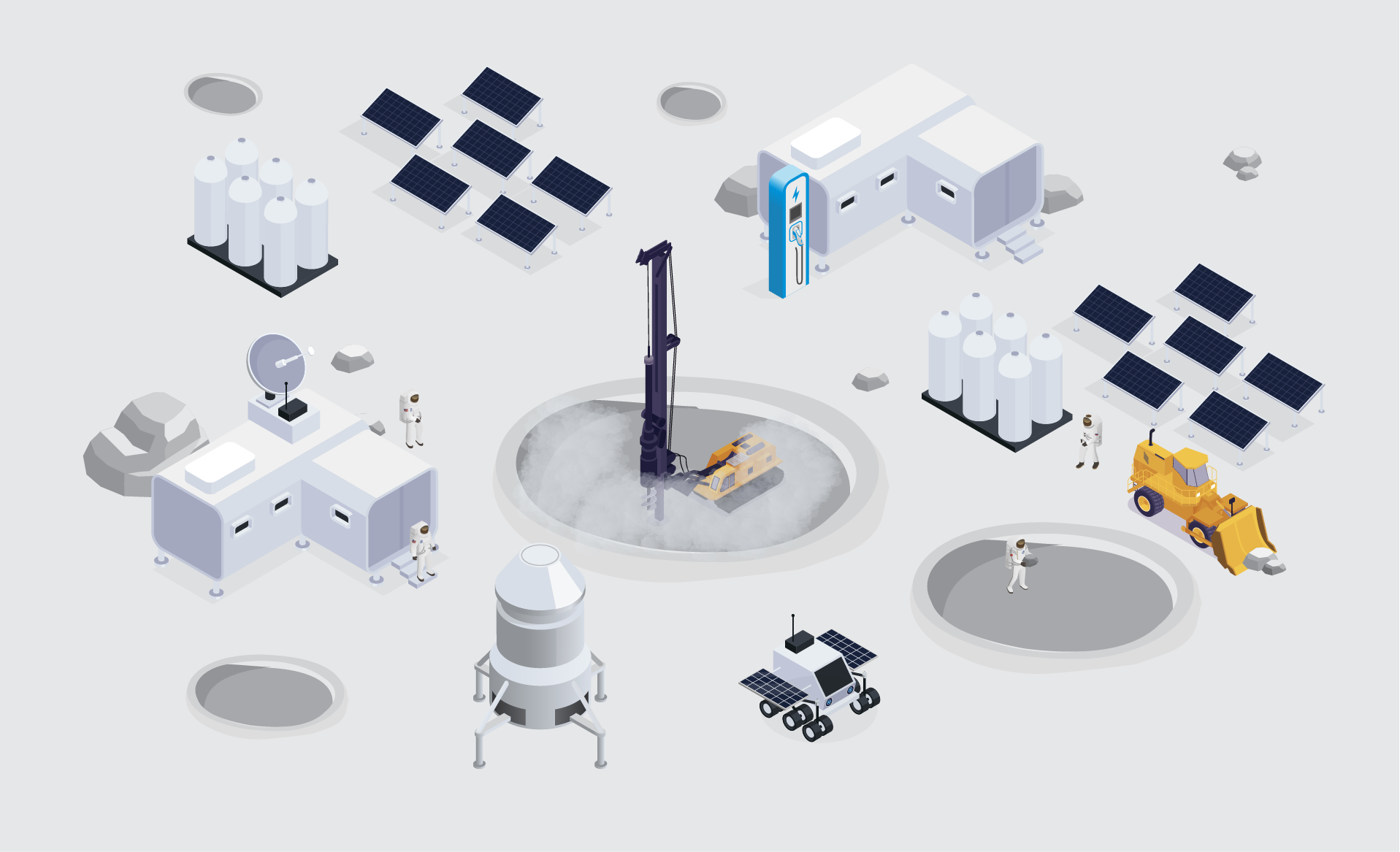
Energy Systems
Heather Zwahlen, Nick Judson, Tomas Elder, Erin Looney, Ted Bloomstein, Daniel Herring, Ryan Wiechens, Mark Huber
OVERVIEW
- The MIT LL Energy Systems group develops resilient energy systems and technologies for strategic national security needs
- Core expertise in systems analysis, power systems architectures, prototype development, and technology testing and evaluation
- Seek partnerships to create dual-use opportunities for our capabilities in non-DoD mission areas
ADDITIONAL INFORMATION

Electromagnetic Vector Sensors for Space Applications
Erik Thompson, Alex Morris, Alan Fenn, Brad Perry, Ekaterina Kononov
OVERVIEW
- Vector sensor antenna (VSA) technology enables polarimetric and direction of arrival measurement in a compact form factor
- Measurement of full electromagnetic (EM) vector fields enables the use of high-order statistics for improved beamforming
- MIT LL is developing novel VSAs with applications in space weather, planetary exploration, and radio astronomy
ADDITIONAL INFORMATION
- Multipolarized Vector Sensor Array Antenna System for Radio Astronomy Applications
- Great Observatory for Long Wavelengths (GO-LoW) NIAC Phase I Final Report
- Vector antenna and maximum likelihood imaging for radio astronomy
- Design of a Space-Based HF Vector Sensor Antenna Array for the AERO-VISTA Mission
- ADVANCED COMPACT RADAR FOR THE NEAR-SUBSURFACE (ACORN): ORBITAL SUBSURFACE ICE MAPPING WITH A SMALLSAT
- Synthesis Imaging with Vector Sensor Arrays
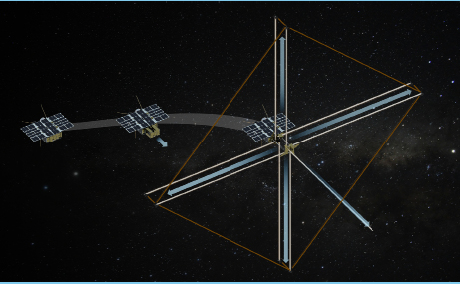
Custom Space Mechanisms and Deployable Structures
OVERVIEW
- MIT LL has experience in the design, analysis, building, testing, and deployment of custom mechanisms and structures for space systems
- Previous work includes deployable structures and mechanisms for CubeSats and small satellites in LEO, GEO, and deep space applications
ADDITIONAL INFORMATION
- Mechanical Engineering
- 44th Aerospace Mechanisms Symposium
- Development of the High Strain Composite Deployable Vector Sensor Payload for the AERO and VISTA Cubesat Missions
- Precision Scanning Onboard the NASA TROPICS Mission

Bringing Quantum Sensors to Fruition
Pauli Kehayias, Jennifer Schloss, Rohan Kapur, Robert McConnell, John Chiaverini, Dodd Grey, William Loh, David Reens, Will Setzer, Wonseok Shin, Linh Pham, David Phillips, Danielle Braje
OVERVIEW
With the promise of improved accuracy, stability, sensitivity, and smaller size, quantum sensors have the potential for significant advantages over traditional technologies. We highlight three MIT LL devices with near-term applications:
- High-performance quantum magnetic microscopy using NV centers in diamond
- Robust, deployable quantum vector magnetometer using NV centers in diamond
- High-performance portable ion array clock
ADDITIONAL INFORMATION
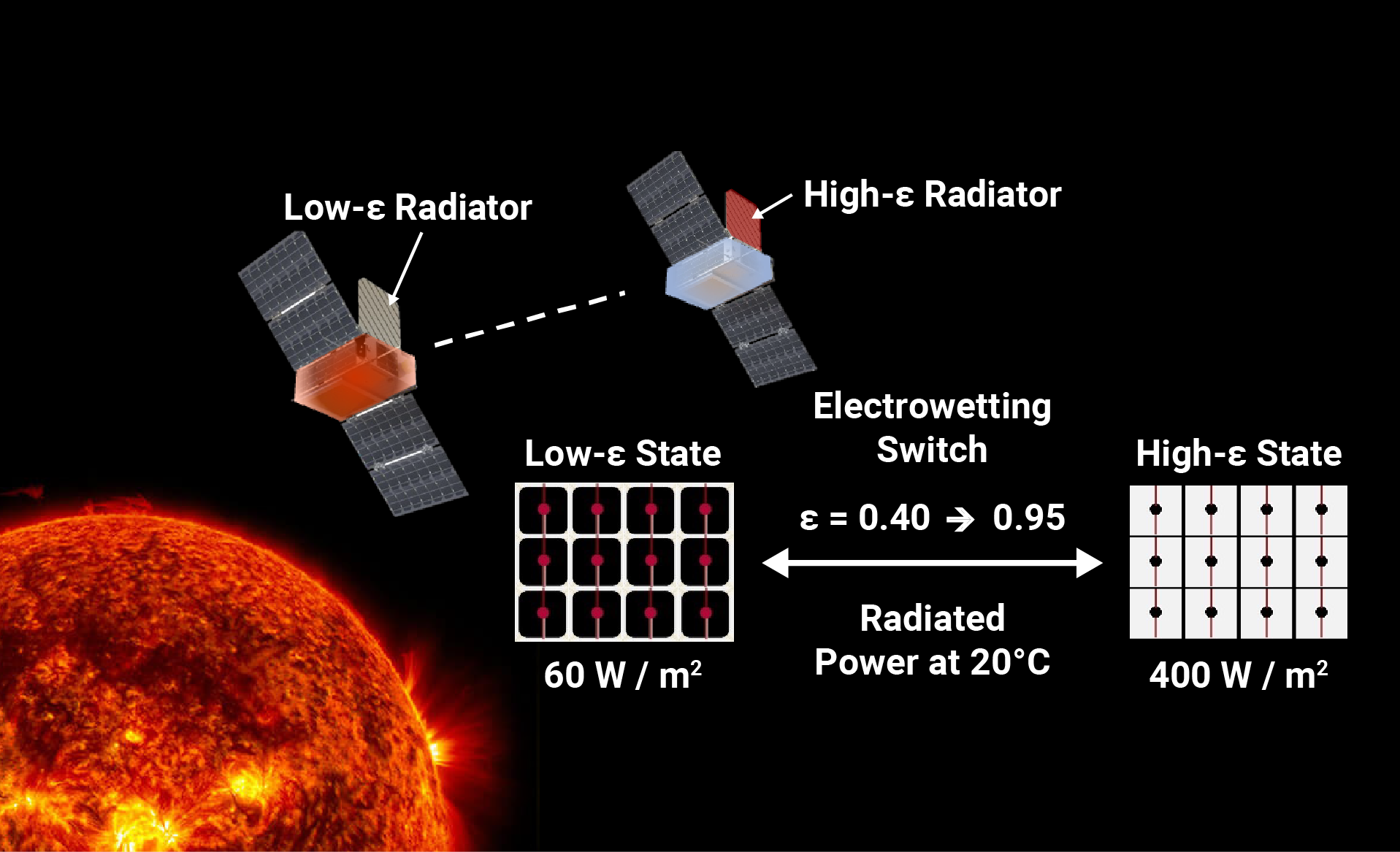
Space Radiator with Tunable Emissivity via Electrowetting
Brad Perkins, Shaun Berry, William Herzog, Keri Ledford, Paul Robinson, Brian Powers, Joe Galligan, Chris Buttaccio
OVERVIEW
- Temperature control on satellites is critical to the operation of onboard electronics
- Current approaches to manage temperature involve power-hungry heaters and large volume mechanical louvers to control radiative heating
- Our goal is to develop a tunable thin-film thermal radiator for small satellites that enables new mission capabilities
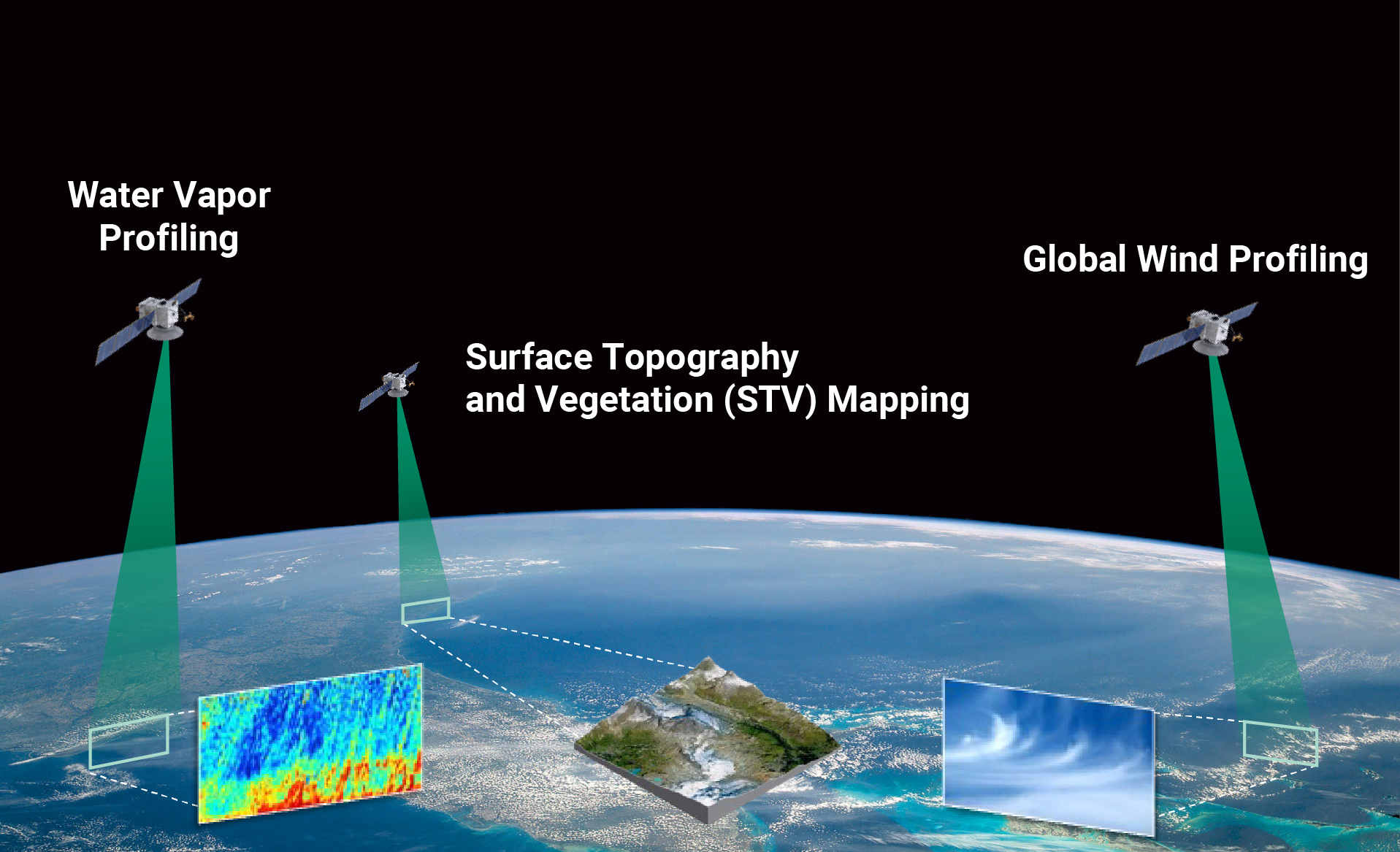
Laser Transmitters for Space-Based Earth Science Lidar Measurements
Tso Yee Fan, David Geisler, Steven Augst
OVERVIEW
- Higher power and efficiency laser transmitters based on cryogenic cooling are under development to meet the Earth science measurement needs for water vapor, surface topology and vegetation, and global winds
- These developments are at an early stage and will require space qualification, but they leverage space-qualifiable Stirling coolers as a key enabler of high performance
ADDITIONAL INFORMATION
- Laser Technology and Applications
- Cryogenically cooled, 149 W, Q-switched, Yb:LiYF4 laser
- High-Power Tm:LiYF4 Laser at 815 nm
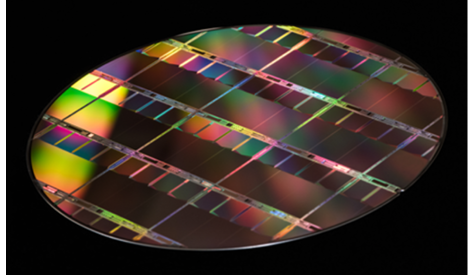
Scientific Detectors at MIT Lincoln Laboratory
Erik Duerr, Jonathan Frechette, Christopher Leitz, Kevin Ryu, Ilya Prigozhin, Richard Younger
OVERVIEW
- MIT Lincoln Laboratory has a long history of designing and fabricating custom detectors for astronomy
- Core technologies include silicon charge-coupled devices (CCDs), Geiger-mode avalanche photodiodes (Gm-APDs), and digital readout integrated circuits (ROICs)
- Emerging technologies include photon-counting sensors, low-noise SWIR and hard X-ray detectors, energy-resolving superconducting detectors, and reconfigurable integrated circuits
ADDITIONAL INFORMATION
- Advanced Imager Technology
- Advanced Imaging
- How did Black Holes Shape the Cosmos? Fast, Low-noise X-ray Sensors May Provide the Answer
- New X-ray Detectors to Provide Unprecedented Vision of the Invisible Universe
- Deep-space camera sends farthest optical communications link yet
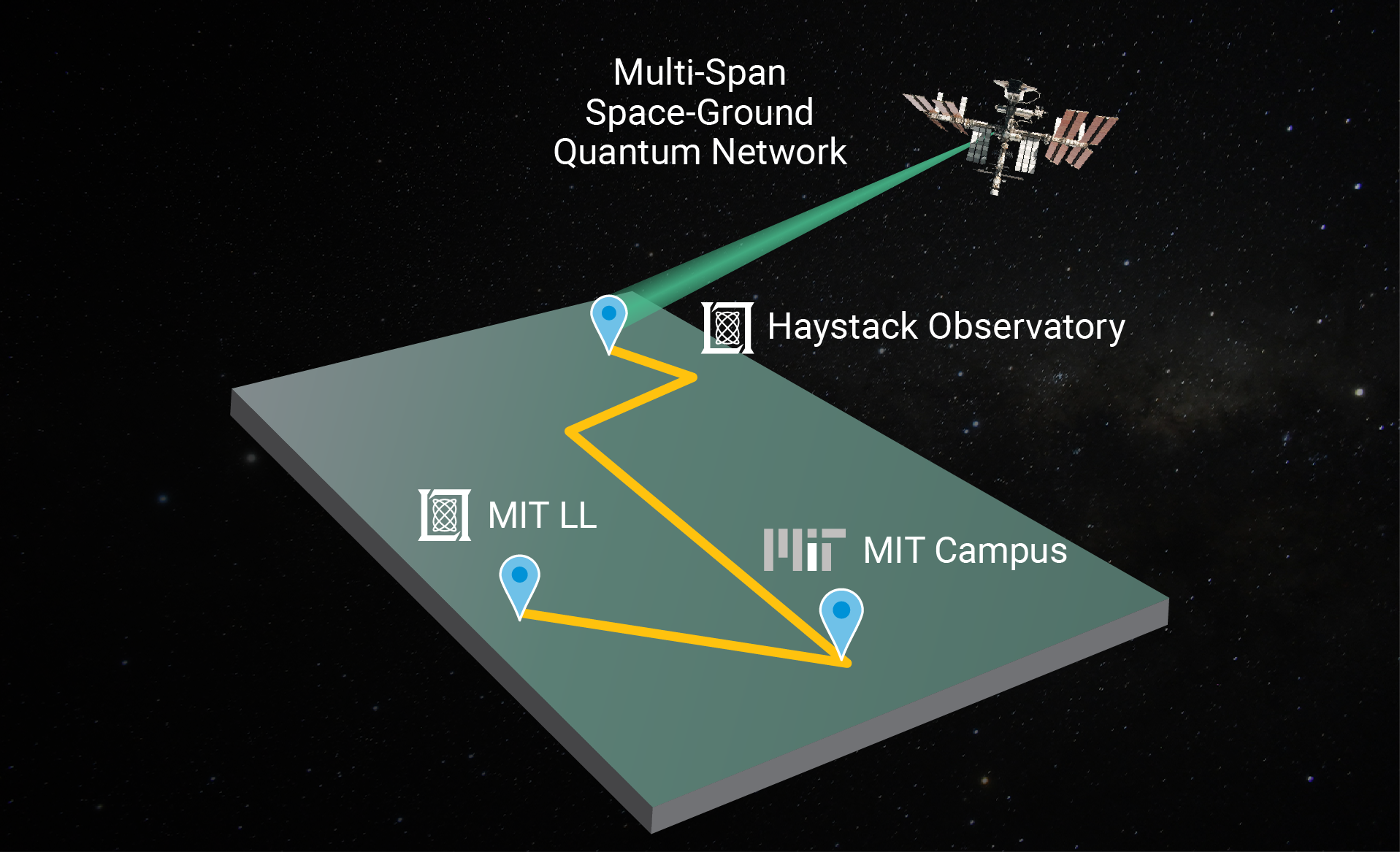
Quantum Networking for Space
David J. Starling, Katia Shtyrkova, Ryan Murphy, Dave Kharas, W. John Nowak, John Cummings, Eric Bersin, Scott Hamilton, P. Benjamin Dixon, Neal Spellmeyer, Catherine Lee, Nick Hardy – MIT Lincoln Laboratory
Ian Christen, Linsen Li, Kevin Chen, Madison Sutula, Dirk Englund – MIT
OVERVIEW
- A scalable heterogeneous network of quantum systems enables new and more powerful applications in quantum sensing, quantum computing, and secure communication
- Our goal is to develop a fully packaged quantum repeater architecture with impactful near-term utility for interconnecting quantum systems across space links
ADDITIONAL INFORMATION
- Optical Communications Technology
- Fully Packaged Multichannel Cryogenic Quantum Memory Module
- Quantum repeaters use defects in diamond to interconnect quantum systems
- Large-scale optical characterization of solid-state quantum emitters
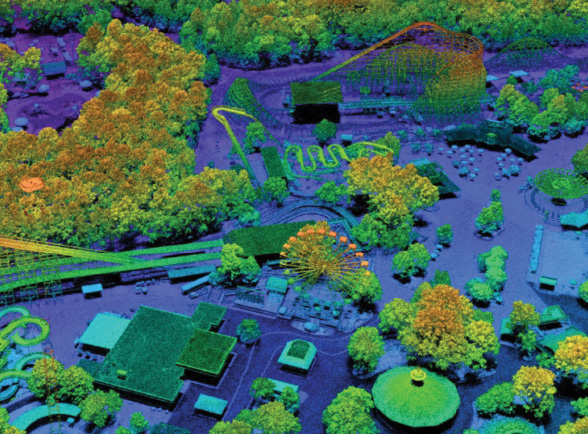
3D Lidar Imaging
Luke Skelly, Alexandru Vasile, Alex McIntosh
OVERVIEW
- For over 25 years, researchers at Lincoln Laboratory have been pioneering 3D direct-detection lidar systems utilizing Geiger-mode avalanche photodiodes. These detectors, capable of counting individual photons, significantly improve the imaging sensitivity of lidar systems.
- The high-resolution, wide-area 3D imagery generated by these systems is ideal for mapping large regions (covering hundreds of square kilometers per hour) and enables foliage penetration, allowing detailed imaging of terrain hidden beneath dense tree canopies.
ADDITIONAL INFORMATION
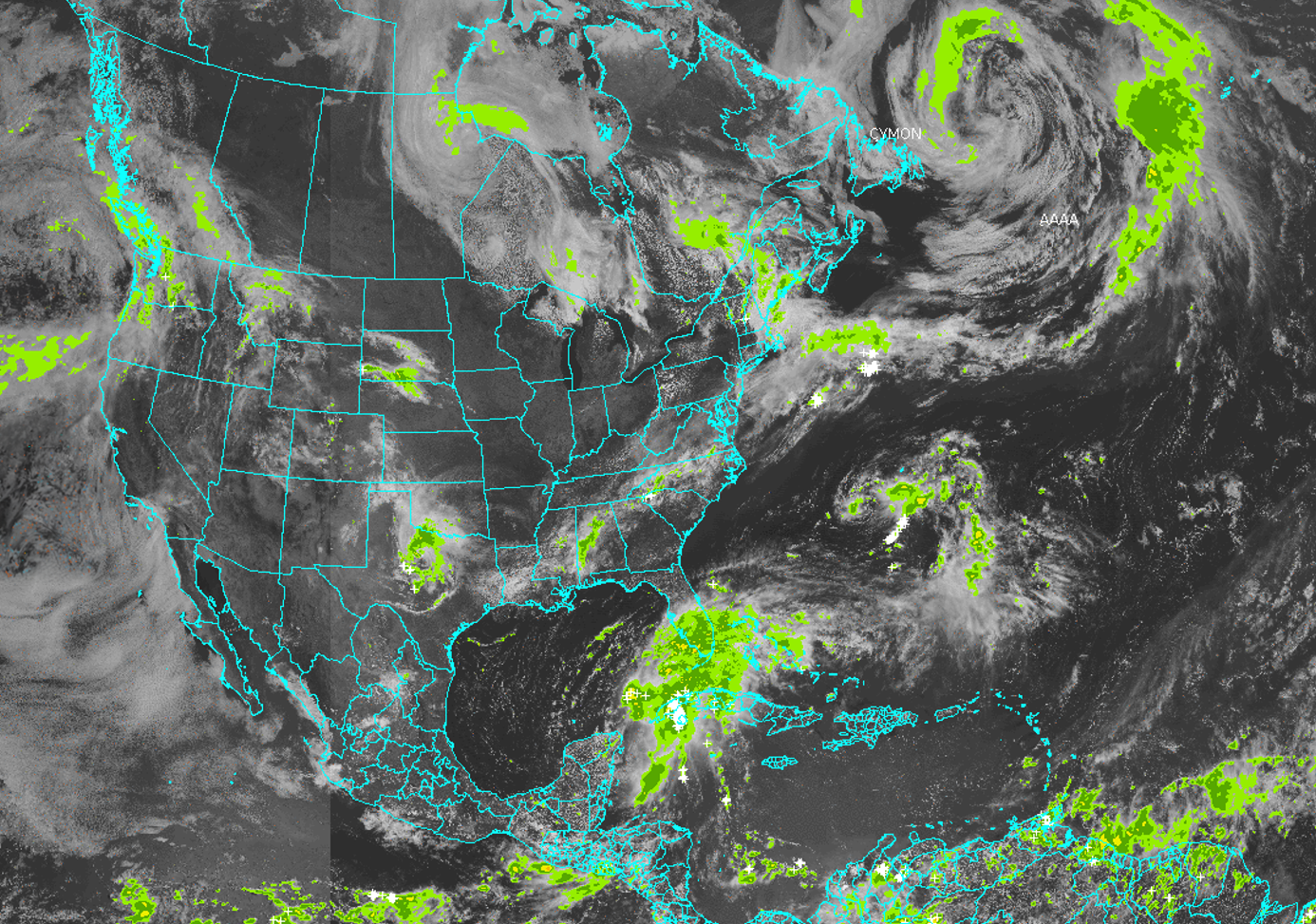
Integrated Operational Weather Systems
Kiley Yeakel, Mark Veilette, Tim Bonin, Michael McPartland
OVERVIEW
- MIT LL has provided decades of operational weather sensing, forecasting and decision support to the FAA, NASA, NOAA and DoD
- Key capabilities include multimodal sensing and data fusion, systems analysis, software prototyping, and machine learning to monitor and predict precipitation, tornadoes, and convective weather
ADDITIONAL INFORMATION
